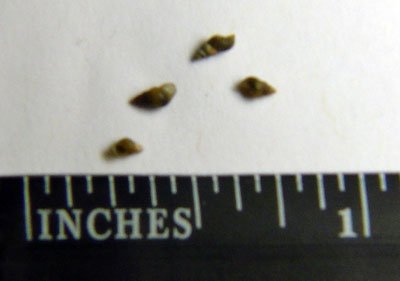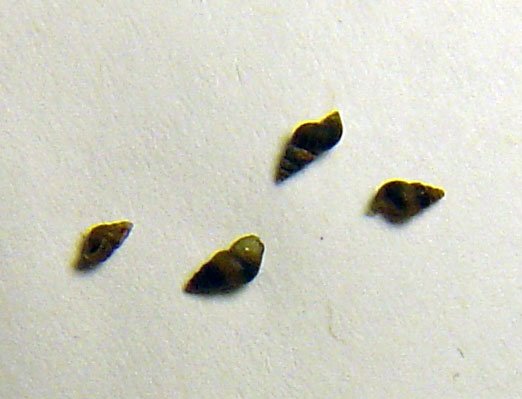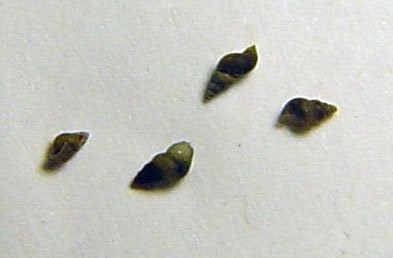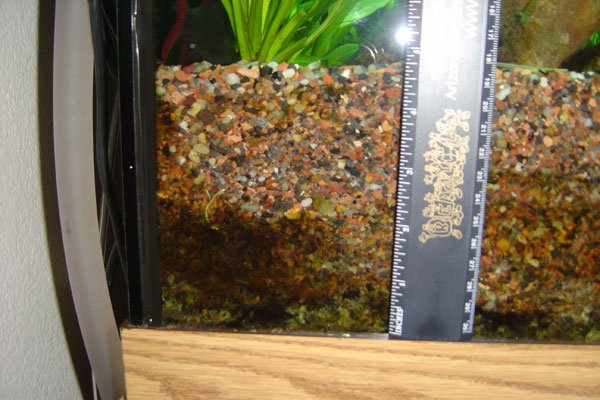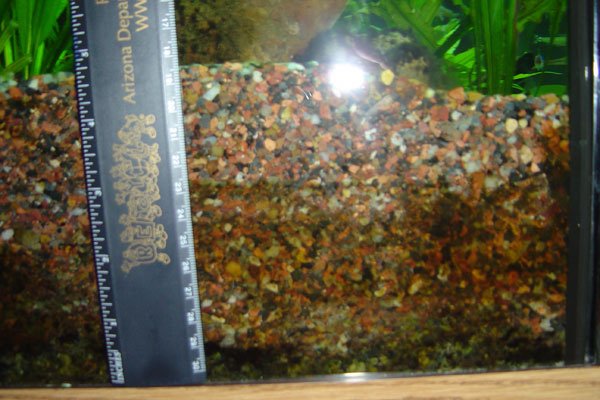dapellegrini
Aquarium Advice FINatic
Long before I decided to take the plunge into expensive T5's and CO2 injection I thought it was a good idea to mix a bunch of Flourite in with my gravel.
I probably have 4x 20lb sacks of Flourite (that is the red clay stuff, right?) mixed in with my gravel, which has made for a pretty deep substrate overtime. In the deepest areas, it may be 5 inches... The red Flourite has pretty much settled under the gravel (at least the finer stuff).
Should I thin it out? Any risks of having deep substrate? Should I consider replacing all of it with something better (I tremble at the idea... that would be a HUGE undertaking)...
TIA
I probably have 4x 20lb sacks of Flourite (that is the red clay stuff, right?) mixed in with my gravel, which has made for a pretty deep substrate overtime. In the deepest areas, it may be 5 inches... The red Flourite has pretty much settled under the gravel (at least the finer stuff).
Should I thin it out? Any risks of having deep substrate? Should I consider replacing all of it with something better (I tremble at the idea... that would be a HUGE undertaking)...
TIA

